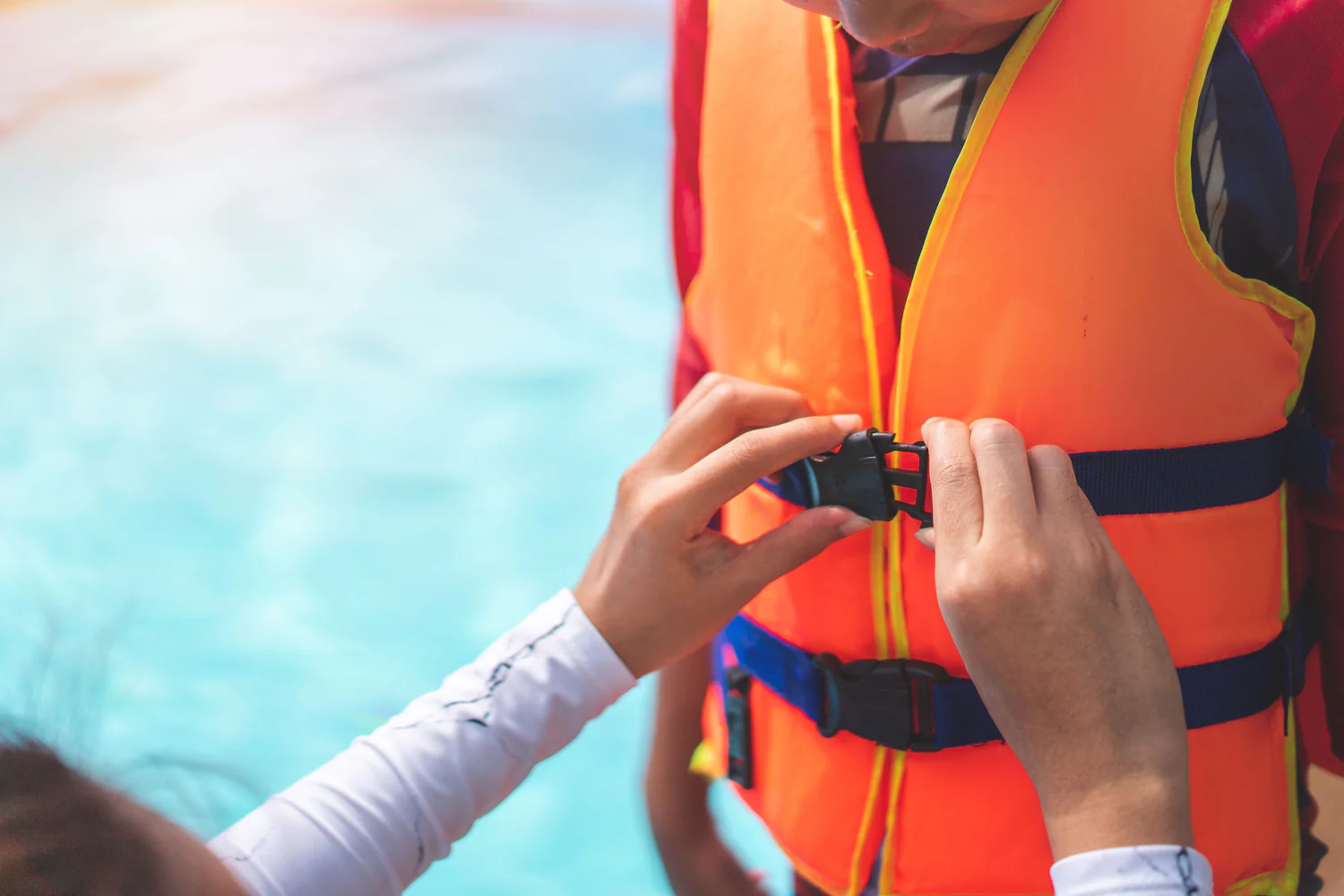
So…what actually went into getting these bandages from our concept to your cabinets? Well, the short answer is a box of donuts, an old-school lunchbox, a lot of trial & error, oh and uh… about $60,000!
Here’s the transparent, behind-the-scenes story of what it really took to create this product & why we’re so dang proud of it.
We talked to 7 different manufacturers before finding someone that we felt was actually interested in making a great product vs making a quick buck. We went through 4 moulds (that each cost about $6000) and eventually landed on this 3-piece design/shape. This was actually the easiest to assemble and the most structurally sound design.
During this time we also reached out to our community to ask for their thoughts. (If you’ve been a part of our community for awhile, you’ll remember us reaching out about this).
Let’s take a minute to speed up every step and iteration we took over the past 2 years to get to where we are today.

It actually looked like the picture on the left at one point…But thankfully we landed on the picture to the right…


So…what actually went into getting these bandages from our concept to your cabinets? Well, the short answer is a box of donuts, an old-school lunchbox, a lot of trial & error, oh and uh… about $60,000!
Here’s the transparent, behind-the-scenes story of what it really took to create this product & why we’re so dang proud of it.
We talked to 7 different manufacturers before finding someone that we felt was actually interested in making a great product vs making a quick buck. We went through 4 moulds (that each cost about $6000) and eventually landed on this 3-piece design/shape. This was actually the easiest to assemble and the most structurally sound design.
During this time we also reached out to our community to ask for their thoughts. (If you’ve been a part of our community for awhile, you’ll remember us reaching out about this).
Let’s take a minute to speed up every step and iteration we took over the past 2 years to get to where we are today.